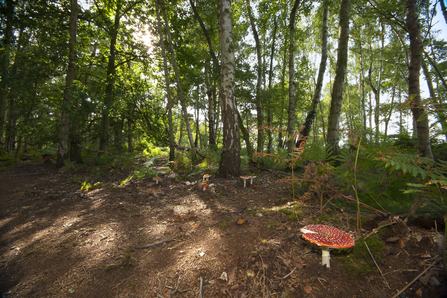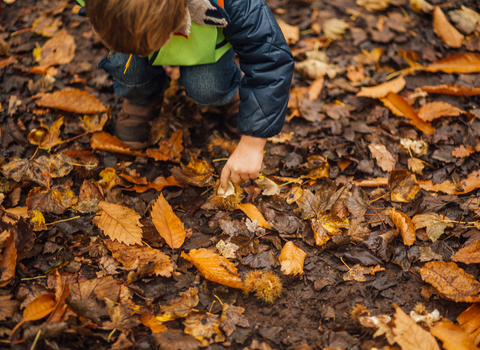The upcoming England Tree Strategy comes at a time when trees and woodlands are increasingly seen as a solution to the climate crisis, and it is easy to see how the Tree Strategy could focus on enabling the planting of large blocks of fast-growing non-native conifers for the purpose of capturing carbon and providing timber for sustainable building materials.
However, we are also in the midst of a nature emergency – an emergency which will have a profound impact on our environment. We cannot tackle the climate crisis without similar ambition to meet the nature crisis head on – the two are inseparable. To deal with the climate crisis, we must bring nature back on an ambitious scale.
Expanding tree and woodland cover in England has a huge role to play in helping rebuild ecological networks, deliver nature’s recovery, and tackling the climate crisis. Trees and woodlands in England can play a key part in realising the Wildlife Trusts’ vision of 30% of our land and sea in recovery for nature by 2030, but only if the England Tree Strategy embraces the following:
Creating space for Nature’s Recovery
While it is clear that more trees are needed in England, new trees and woodlands cannot be created at the expense of other existing habitats. Past drives to increase tree cover have shown us just how disastrous inappropriate planning for planting trees can be, with many of our upland peat bogs drained and planted with non-native conifers at high density – haemorrhaging biodiversity in these habitats and releasing tonnes of carbon into the atmosphere. Now, there is a risk that grassland habitats and scrubland mosaics important for plant and insect diversity will meet the same fate, and be planted up in what are seen as “quick wins” to increasing tree cover.
The Tree Strategy must ensure that areas of tree cover expansion are guided by a strategic spatial approach so that they can effectively create bigger, better, and more joined-up woodlands, thriving with wildlife, while ensuring protection of other vital habitats where tree planting may be ecologically damaging. For this to happen, new areas of trees and woods need to be guided by a Nature Recovery Network, bringing nature back into our landscape and back into our lives.




